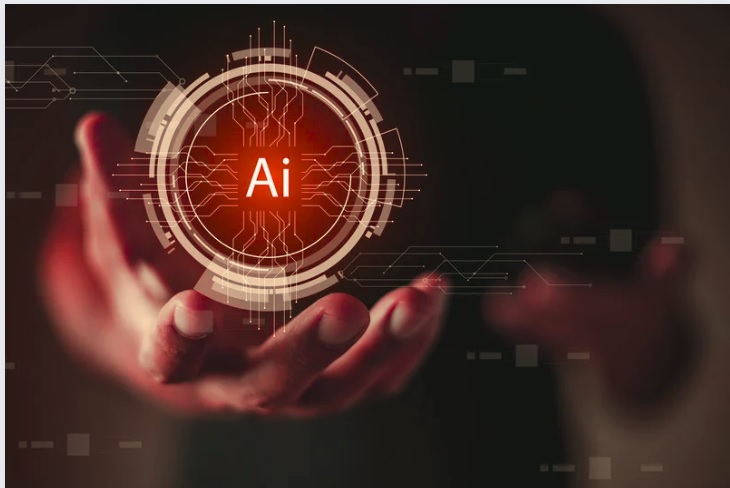[ad_1]
Maintaining strict temperature controls is paramount in cold chain logistics. The integrity of perishable goods, including food and pharmaceuticals, hinges on precise temperature management throughout the supply chain.
However, traditional monitoring methods often fall short, leaving gaps that can lead to spoilage, financial losses and regulatory noncompliance. This situation is where real-time AI monitoring — a game changer in strengthening cold chain compliance — comes in.
The Need for Enhanced Cold Chain Monitoring
Cold chain logistics is a complex, multi-step process involving transportation, storage and distribution under controlled temperature conditions. According to the Food and Agriculture Organization (FAO), approximately 14% of the world’s food is lost between harvest and retail due to poor cold chain management.
“Similarly, the World Health Organization (WHO) highlights that nearly 50% of vaccines are wasted globally yearly due to temperature control failures.”
These figures underscore the need for robust monitoring solutions that provide real-time insights and rapid response capabilities. Traditional monitoring systems, which rely on periodic checks and manual data logging, are inadequate for ensuring compliance with stringent regulatory requirements. Enter AI-powered real-time monitoring, which offers a sophisticated approach to cold chain management.
How Real-Time AI Monitoring Works
Real-time AI monitoring leverages advanced technologies like Internet of Things (IoT) sensors, machine learning algorithms and big data analytics to provide continuous, automated oversight of temperature-sensitive goods. Here’s how these components come together to enhance cold chain compliance.
IoT Sensors
These sensors are strategically placed throughout the cold chain to continuously measure temperature, humidity and other environmental conditions. They transmit data in real-time to a central monitoring system.
Machine Learning Algorithms
These algorithms analyze the vast amounts of data collected by IoT sensors. They can detect patterns, predict potential failures and trigger alerts for abnormal events and deviations from the set parameters.
Big Data Analytics
These tools process and interpret the data, providing actionable insights and comprehensive reports. This technology enables stakeholders to make informed decisions and proactively maintain compliance.
Benefits of Real-Time AI Monitoring
Implementing real-time AI monitoring in the cold chain offers numerous benefits.
Enhanced Accuracy and Precision
“AI algorithms can analyze data with a level of accuracy and precision far beyond human capabilities.”
This advancement ensures that even the slightest deviations from the optimal temperature range are detected immediately, allowing for swift corrective actions.
Predictive Maintenance
By analyzing historical data, AI can predict potential equipment failures before they occur. This proactive approach to maintenance reduces downtime and prevents temperature excursions that could compromise product integrity.
Regulatory Compliance
Real-time monitoring systems can automatically generate compliance reports, ensuring all regulatory requirements are met. This strategy simplifies audits and enhances transparency and traceability throughout the supply chain.
Cost Savings
Preventing spoilage and reducing waste leads to significant cost savings. Integrating AI and IoT technologies into supply chain processes can reduce operational costs and increase efficiency.
Improved Product Quality
Consistent temperature control ensures that perishable goods retain their quality from the point of origin to the end consumer. This benefit is particularly critical in the pharmaceutical industry, where the efficacy of vaccines and medications depends on maintaining strict temperature conditions. Among the 57 new FDA-approved drugs, 49% were temperature-sensitive, while 23% had to be refrigerated at temperatures ranging from two to eight degrees Celsius.
Real-World Application for AI Monitoring in Cold Chain Management
Unilever has integrated AI and image capture technology into 50,000 freezers to manage stock levels, streamline order submissions and notify stores when restocking is needed. This innovation has increased retailer sales by 15-35% and provided valuable data for targeted promotions and market research.
“Unilever, which owns about 3 million freezers globally, also uses this technology in its vending machines at gas stations and college campuses.”
These AI-enabled devices open upon payment tap and adjust charges based on customer selections. Additionally, Unilever’s e-commerce app — used by 40% of retail partners — complements the AI freezers by facilitating orders, payments and stock monitoring.
The Future of Cold Chain Compliance
As AI technology continues to evolve, its applications in cold chain logistics are expected to expand. Future advancements may include enhanced predictive capabilities, automated corrective actions, and even greater integration with blockchain technology for improved transparency and traceability.
Exploring the potential of real-time AI monitoring in cold chain logistics presents a unique opportunity to drive innovation and improve industry standards.
By adopting advanced monitoring solutions, businesses can enhance compliance, achieve significant cost savings and ensure the delivery of high-quality products to consumers. Embracing real-time AI monitoring is more than just a technological upgrade — it’s a strategic move toward a more resilient and efficient cold chain.
Also, Read Smart Workspace Optimization Using IoT Data Analytics
[ad_2]
Source link



